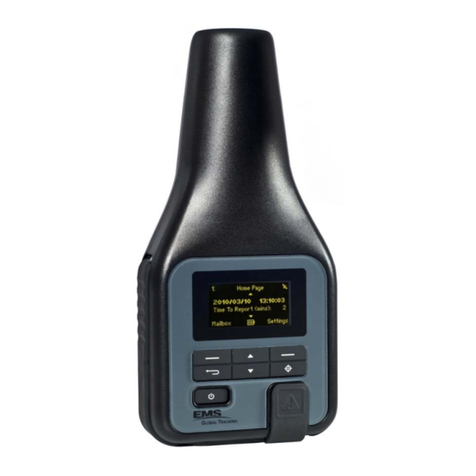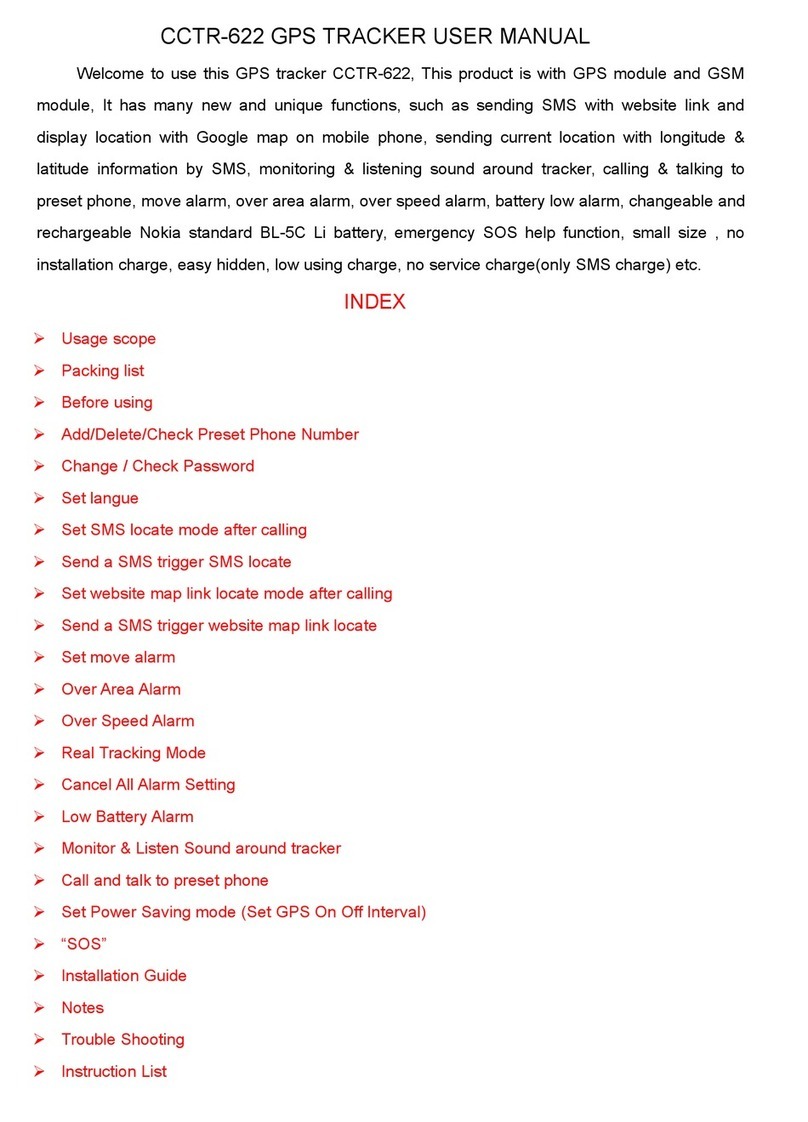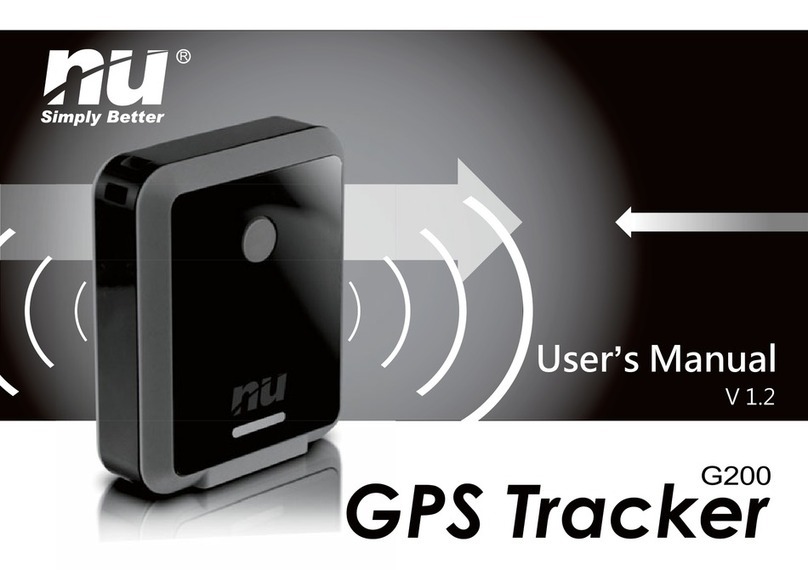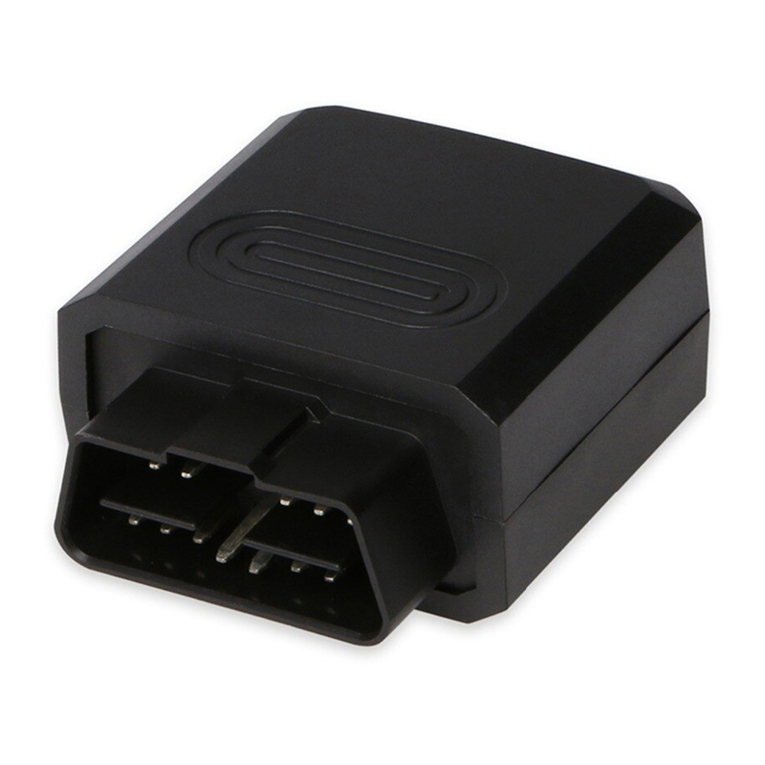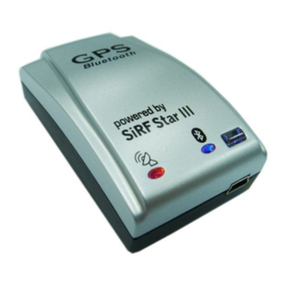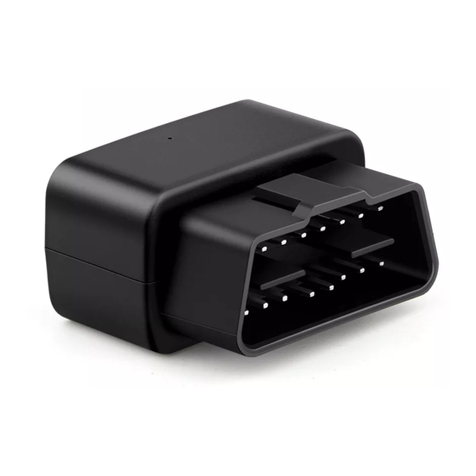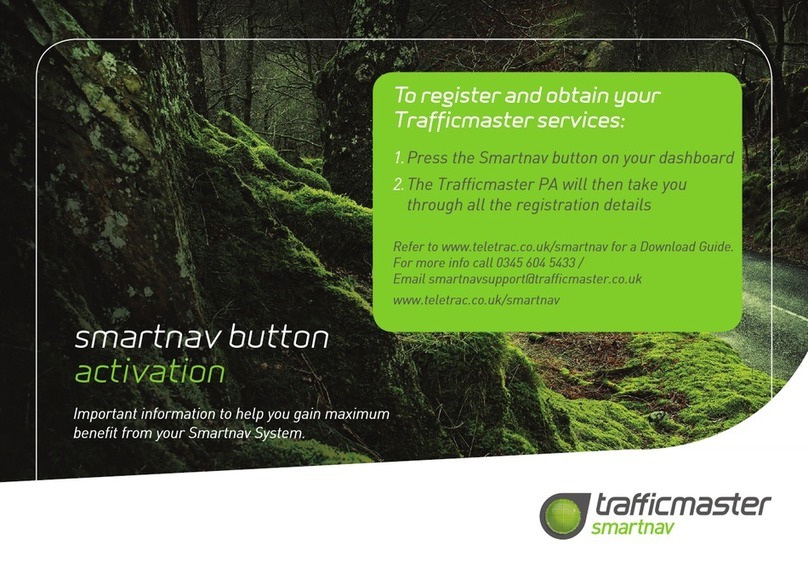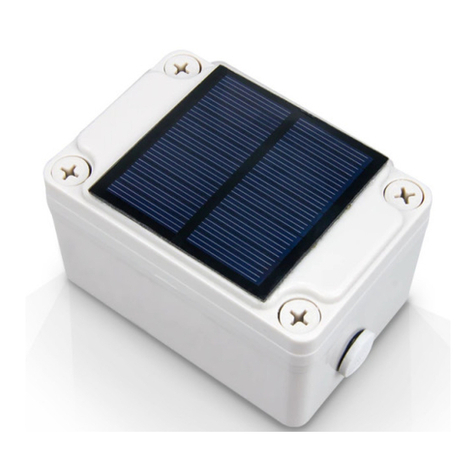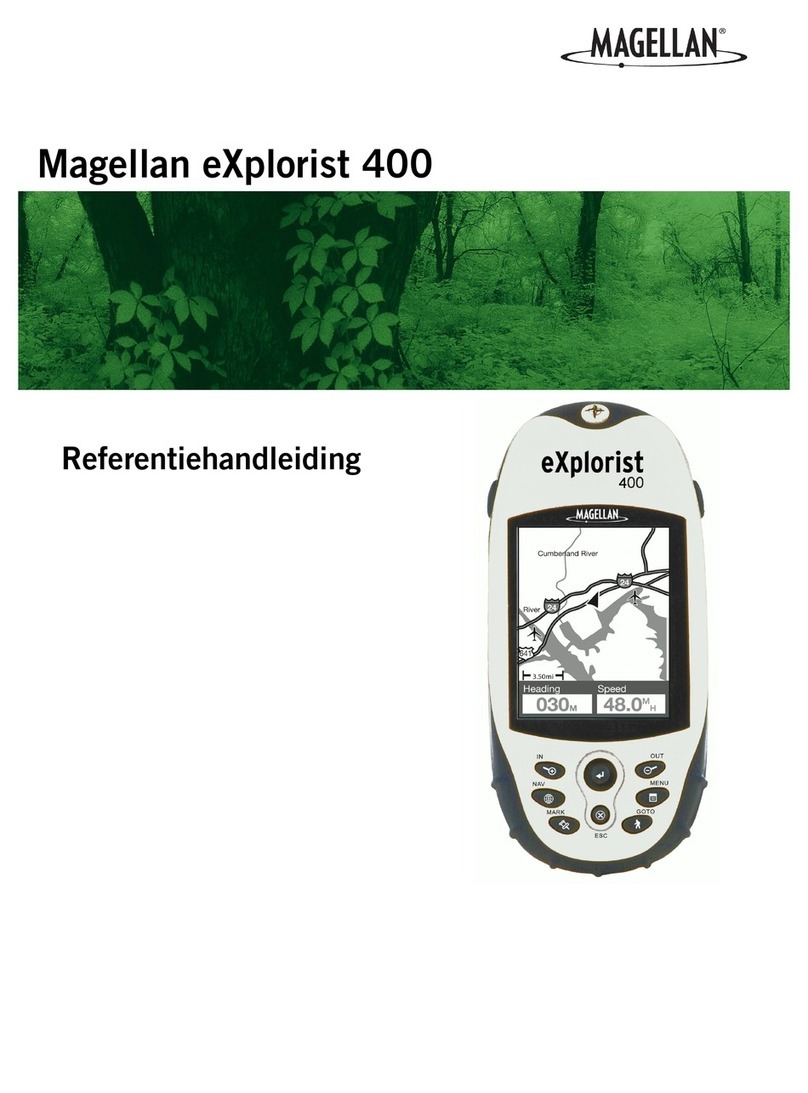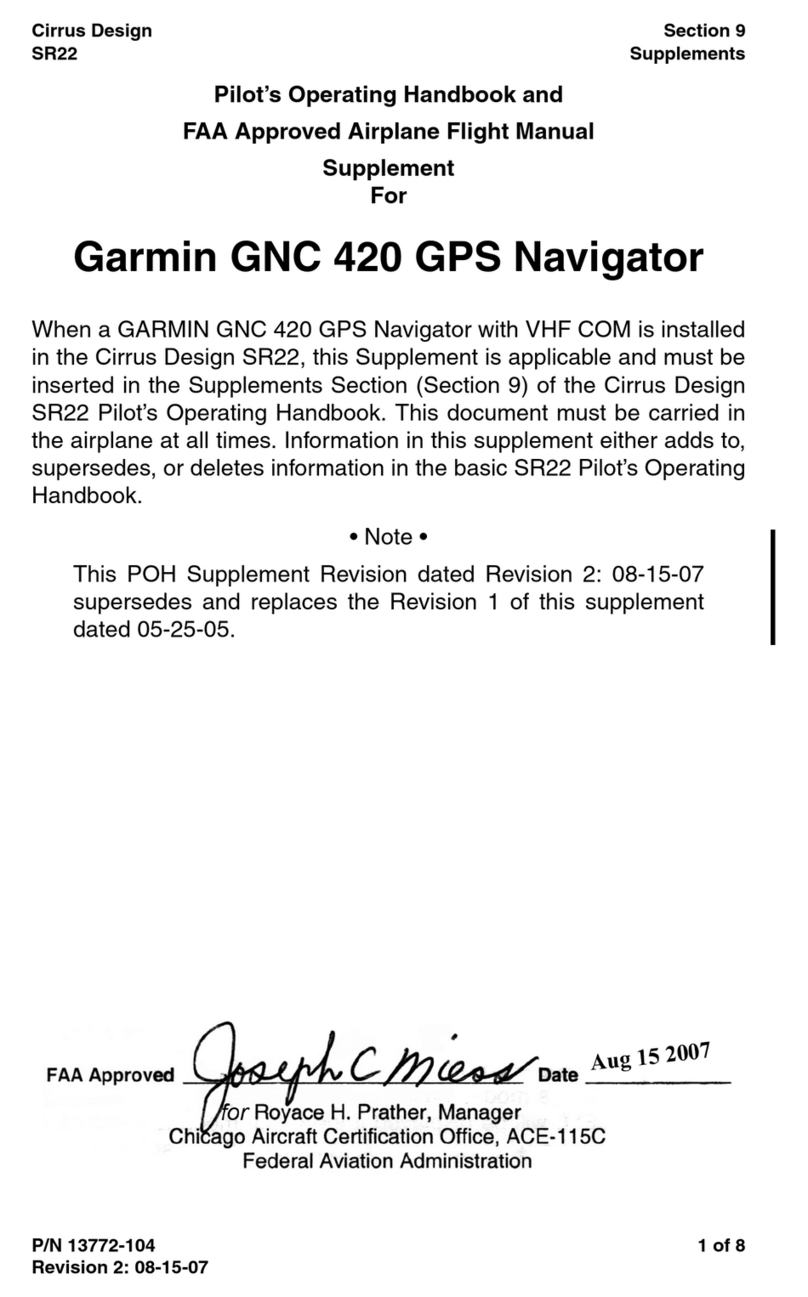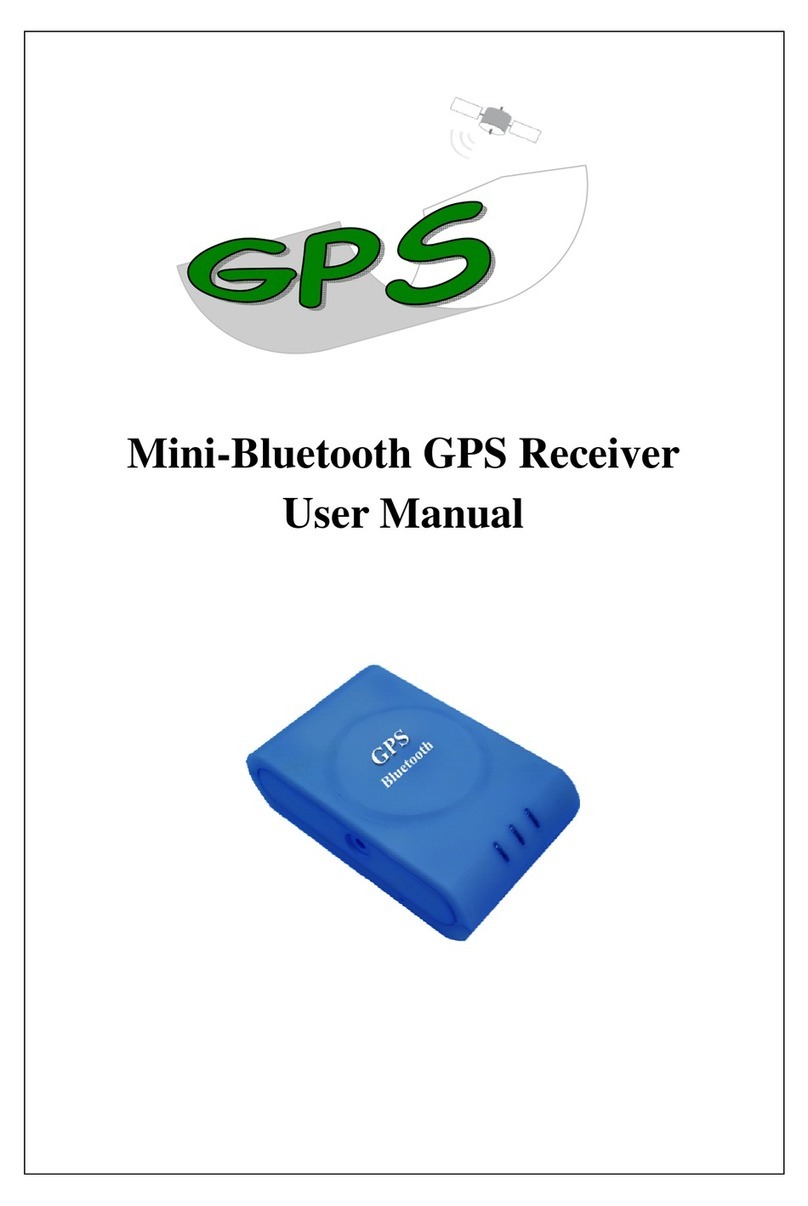SECURELY GO User manual

The System Check informs you of the battery level, cellular coverage at your
location and checks that you can obtain GPS coordinates to log your current
location..
You should perform a full System Check in places that you commonly visit to
ensure that the cellular coverage will be excellent or good, if you need to send
an alert for help.
Press one button on either side of GO for two seconds. A chime will play and GO
will illuminate blue to let you know that the System Check has started.
Battery: A voice message will play: “My battery is…” (then one of the following):
“Excellent”, “Good”, “Low Battery; please place me on the charger today,” or,
“Critically low battery; please place me on the charger immediately. An alert may
fail.” This will also be accompanied by a status light.
Cellular Connection: GO will then announce; “Checking for cellular connection.” Go
will check the cellular coverage of your location and will then announce; “The
connection is…” (then one of the following): “Excellent”, “Good”, “Poor” or
“Unavailable.” If unavailable, GO will return to normal operation.
If GO indicates that cellular coverage is poor or unavailable, and you send an alert
for help from that location, it may not be successful.
GPS Coordinates: Following a successful cellular check, and if configured to do so,
GO will announce; “Finding your location.” When successful, a voice message will
announce; “Current location has been sent,” and GO will return to normal operation.
If GPS is unavailable in your location, GO will announce; “Location check
unsuccessful.” GO will automatically time out.
You can cancel the System Check by pressing one button on either side of GO for
two seconds. A voice message will let you know it has been "Cancelled."
Please Note: You will need to perform a System Check at the location of your
charger to ensure GO has coverage for any automatic updates.
Performing a System Check
Excellent
RoHS R-NZ
If you have a Chiptech Base Unit at Home:
Low
Critically Low
Unavailable
GO-1 complies with the following standards:
Pendant:
AS/CA S042.1:2015 (General).
AS/CA S042.4:2015.
AS/NZS 60950.1:2015.
AS/NZS CISPR 32:2015 (ITE, Class B).
AS/NZS 4268:2014 (869.2125MHz and 916.585MHz).
EN 62209-2 (Body SAR).
IP67.
PERS TSANZ compliant. when paired with a
Chiptech base unit.
Poor
When you send an alert, and GO is in range of your base unit, it will report that
you are 'Home' to the monitoring team so they quickly know where you are
located.
Once the monitoring team has received your alert, they will speak with you
over GO's speakerphone system, no matter where you are on the property. In
the unlikely event that GO cannot communicate with the monitoring team, the
base unit will take over and try to send the alert for help.
Excellent
Cleaning & Maintenance
• Your device can be cleaned with a damp cloth and a non-corrosive, non-abrasive
cleaner.
• Please do not stick objects into either the microphone hole or speaker hole.
• GO has a dust proof casing and is water resistant (rated IP67).
To test GO to ensure it is functioning as expected, send an alert (as described in
‘Requesting Help’). When the operator calls, let the operator know that you are
testing.
Testing
To the maximum extent permitted by law, neither Electra Services trading as
SECURELY® nor Chiptech Limited (the manufacturer of GO product/s) will be liable
or responsible to you for any damage, loss or injury, you may suffer or incur in
connection with any failure of your GO device due to incorrect usage, and usage that
is inconsistent with this guide, including a failure to follow the various warnings set
out in this guide. It is important that you read and understand this guide before using
your GO. If there is any part of it that you do not understand, then please discuss it
with SECURELY before using your GO.
Due to continual product development, the User guide may change without notice
so please check our website regularly. Chiptech does not accept responsibility for
any errors or omissions contained within this document.
SmartCare and Chiptech are registered trademarks of Chiptech Limited. The GO
symbol is a trademark of Chiptech Limited.
Cellular, GPS and RF Limitations:
GO requires access to a 3G cellular network to communicate, and the availability of the GPS
satellite network to determine its location.
GO may not function correctly, or at all, if its in any of the following situations:
• In an area with no coverage from the 3G cellular network of the telecommunications
provider it has been set up with, or if there is a network failure
• It will not work on any other cellular network
• You cannot take GO overseas as it will not work in any other country
• GPS technology, and cellular networks, can be affected by certain atmospheric conditions,
radio interference, buildings, or other forms of interference that can block GO connecting to
GPS satellites. Your location information may not be available if the GPS satellites are
unavailable, or the GPS signal is blocked.
• Location information will not be able to be displayed to SECURELY if the location mapping
service used by SECURELY is unavailable
• Communication between GO and a Chiptech base unit may be affected by distance or radio
frequency interference.
Disclaimer
Fall Detection Limitations:
• GO must be worn as a pendant around the neck for the fall detection algorithm to
work as intended.
• While every effort is being made to capture the range of falls that can occur, some
people will fall in a manner that will not be automatically detected by GO. You are
always able to press and hold both buttons to activate an alert for help in this
situation.
®
®
Standards
Wireless Charger:
AS/NZS CISPR 11:2011 (Group 1, Class B)
AS NZS 60950.1:2015.
Qi Complaint.
Plug Pack:
AS/NZS 60950.1:2011 Inc A1.
Call 0800 865 865
Email info@securely.nz
www.securely.nz
GO User Manual
Designed and manufactured in New Zealand by Chiptech Limited

GO is a wearable device with 3G cellular and GPS technology. When activated it
sends an alert along with your GPS location data to our monitoring centre. You will be
able to talk with our operator over the speakerphone, and we will organise assistance
if required.
Stainless steel
Hypoallergenic
chain
Charging Components
Plug pack Charging cord Charger Blue when charging
Light ring
illuminates
around GO
Speaker
What is GO?
Microphone
Split ring
Requesting Help: press
and hold both buttons.
System Check: press and
hold one button.
Cancel: press and hold
one button.
Please Note: GO will need a charge approximately every month with regular use,
however, it will inform you when it needs to be placed on the charger. GO will also
need to be charged if you have recently sent an alert for help, as this event uses
more battery power.
Wireless Charging
1. Connect the plug pack and supplied cable to the charging base, plug into power.
2. Place your device on the wireless charger. Be sure to check that the ‘walking
person’ symbol faces upwards; the charger and GO will illuminate blue to indicate
that charging has started.
Charging duration is approximately three to five hours from low battery.
3. When charged the light ring will illuminate green. If GO has automatically
updated during charging, it will flash white and if setup to do so, it will announce:
“Update completed,” when removed from the charger.
4. To use your device at any time, simply remove it from the wireless charger
Important Charging Notes:
• Do not use the charger if any parts are damaged
• Do not cover the charger with any material, including the chain
• Do not place anything metal on top of the charger
• Do not place the charger in direct sunlight, recommended charging temperature
between 10°C to 35°C.
•Place charger on a flat surface and ensure all parts are properly connected before use
•During charging GO can become warm to the touch.
The charging system is designed specifically for GO. Please do not change any
parts of the charging system and do not use the charger with any other devices.
Your GO may not function, or may stop functioning during an alert for help, if it
does not have sufficient battery level.
Charging GO
Wearing GO with a Pacemaker
If you have a pacemaker, you should only wear GO using the supplied split ring,
attached to a belt clip or keys. Be sure to keep the wireless charger and GO at
least 25cm away from your pacemaker at all times.
Cancelling an alert: During the loud pre-
alarm sequence you can press and hold one
button on GO to cancel your request for
help, it will announce: “Cancelled.” If the alert
has proceeded to monitoring, let the
operator know you do not require assistance.
While you are speaking with an operator, GO
will work in the background to obtain your
current location and send it to monitoring.
Once you have been located, the operator
will send assistance, or organise emergency
services to your location, if required.
When an operator ends the call GO will flash
green to indicate that monitoring can still call
back, and your location continues to be sent.
GO automatically stops reporting your location
after a period of time, and the green lights will
stop flashing. Our default is 20 minutes after the
last call.
• When your battery is low, GO will periodically play the following voice message: “Low battery, please place me on the charger today,” and will flash orange.'
• When your battery is critically low, GO will periodically play the following voice message: “Critically low battery, please place me on the charger immediately. An alert may fail,” and
will flash red.
• Automated voice messages will only play during day time hours.
Low Battery
Flight Mode & Lost Mode
Flight Mode: If you are going to be taking GO on an aircraft, you must enable Flight Mode before take-off. Press and hold one button on either side of GO for 10 seconds, until this
voice message plays: “Flight Mode enabled. All functions suspended until button press or placed on a charger.” To disable Flight Mode press one button on either side of GO (this will
start a System Check), or place GO on a charger. If you require help, press and hold two buttons to send an emergency alert, this will override Flight Mode. However, a fall alert will
not override Flight Mode.
Lost Mode: Lost Mode sends GPS coordinates to monitoring when no movement has been detected after 72 hours, so it can be found. If lost, contact SECURELY to check where
your GO is located.
Voice Messages and Sounds
• GO is designed to provide voice messages only during daytime hours, so that you will not be disturbed at night. However, if you send an alert during the night, GO will operate as
per usual.
• If the battery is detected as being low at night, it will flash orange.
• If your GO beeps continually, it is not functioning as expected. Please contact SECURELY immediately.
®
®
Optional Fall Detection
When enabled, GO uses sophisticated fall detection technology to detect a significant fall, subsequent impact, and a period of no movement. When GO detects a fall has occurred, it
will play the pre-alarm sequence and announce, "Fall detected." Red lights will flash around your GO to let you know the fall alert is in progress. The red lights will stop once
monitoring has made voice contact. If you have not experienced a fall or there has been a false activation, you can cancel the fall alert by pressing a single button. GO will announce;
"Cancelled" and the alert will be stopped. Expect false activations in the first few days as you get used to wearing GO.
GO must be worn as a pendant around the neck for the fall detection algorithm to work as intended.
A monitoring operator will call back; GO
will ring and automatically answer. GO
has a hands-free speakerphone system,
speak loudly and clearly to the operator.
The light-ring around GO will flash
red to let you know an alert is being
sent to monitoring. A voice message
will play, “Help alert in progress.”
To send an alert for help, at any time of
the day or night, press and hold both
buttons at the same time on your GO.
This will start the short pre-alarm
sequence with a distinct tone and
vibration.
Once the alert has been received, a
voice will play and repeat: “The alert has
been received by monitoring; you will
soon be contacted by an operator.”
